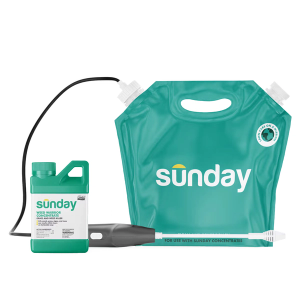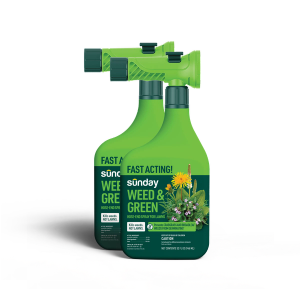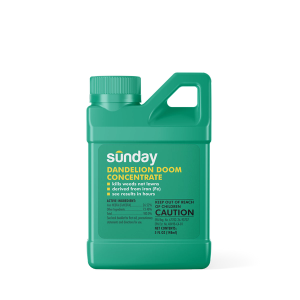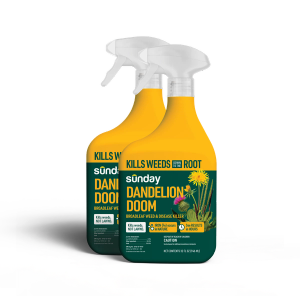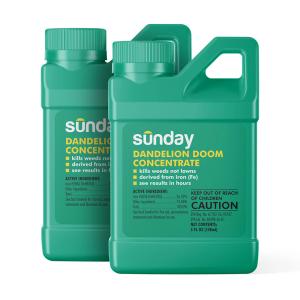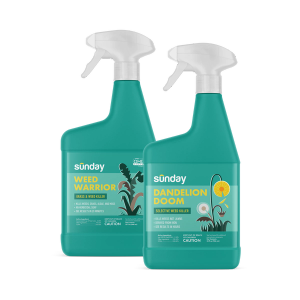When to apply grubGONE!® G
Apply when grubs are active in your lawn. The best timing is late summer into early fall, between the peak of beetle flight and egg hatch.
Sunday Tip:
Spring applications are less practical because grubs are larger and deeper in the soil.
How to apply grubGONE!® G Biological Insect Control
Measure, spread, water in — and let beneficial bacteria do the work to keep your lawn protected and healthy.
Measure your lawn
Apply 2.3–3.4 pounds per 1,000 sq. ft. of turf.
Prep your spreader
Adjust your spreader for even coverage. Start at the lowest setting and increase gradually until the product flows evenly.
Spread evenly
Walk at a steady pace in straight lines, overlapping passes slightly so you don’t miss spots.
Sunday Tip:
Close the spreader when you turn or stop to avoid over-application.
Water it in
Apply about ½ inch of water right after spreading. This activates the beneficial bacteria and carries it to the grubs.
Sunday Tip:
How to calculate a ½ inch of water: Place a few empty tuna cans around your lawn while watering. When they’re half full, you’ve applied the right amount.
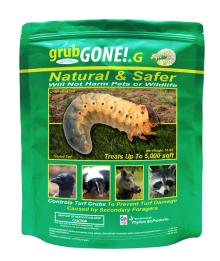
grubGONE! Biological Insect Control
- Natural grub control for yards
- Targets lawn-damaging grubs
- Safe for turf & ornamental plants
- Powered by beneficial bacteria
grubGONE!® G application tips
- Apply when soil is moist but not soggy
- Water thoroughly after application (½ inch)
- Can be used on all turf grasses and ornamental plants
- Do not apply more than once in 7 days
- Maximum yearly rate: 6 lbs 14 oz per 1,000 sq ft
- Keep kids and pets off until watered in
grubGONE! application tips
What does grubGONE!® G control?
Common lawn-damaging grubs, including:
- Japanese beetles
- European chafers
- Asiatic garden beetles
- June beetles
- Oriental beetles
- Black turfgrass ataenius
- Annual bluegrass weevil
Can I use grubGONE!® G with other Sunday products?
Yes. Apply Sunday fertilizer first, wait 24 hours for it to dry, then apply grubGONE!® G. Water lightly afterward.
When can I mow after applying grubGONE!® G?
Wait until after watering or rainfall so granules settle into the soil.
Does grubGONE!® G harm beneficial insects?
No. It specifically targets grubs and is safe for most beneficial insects. Avoid applying within 300 feet of areas with threatened butterflies, moths, or beetles.
How to store grubGONE!® G
Keep upright in the original container. Store sealed, in a cool, dry place, away from heat or moisture.








